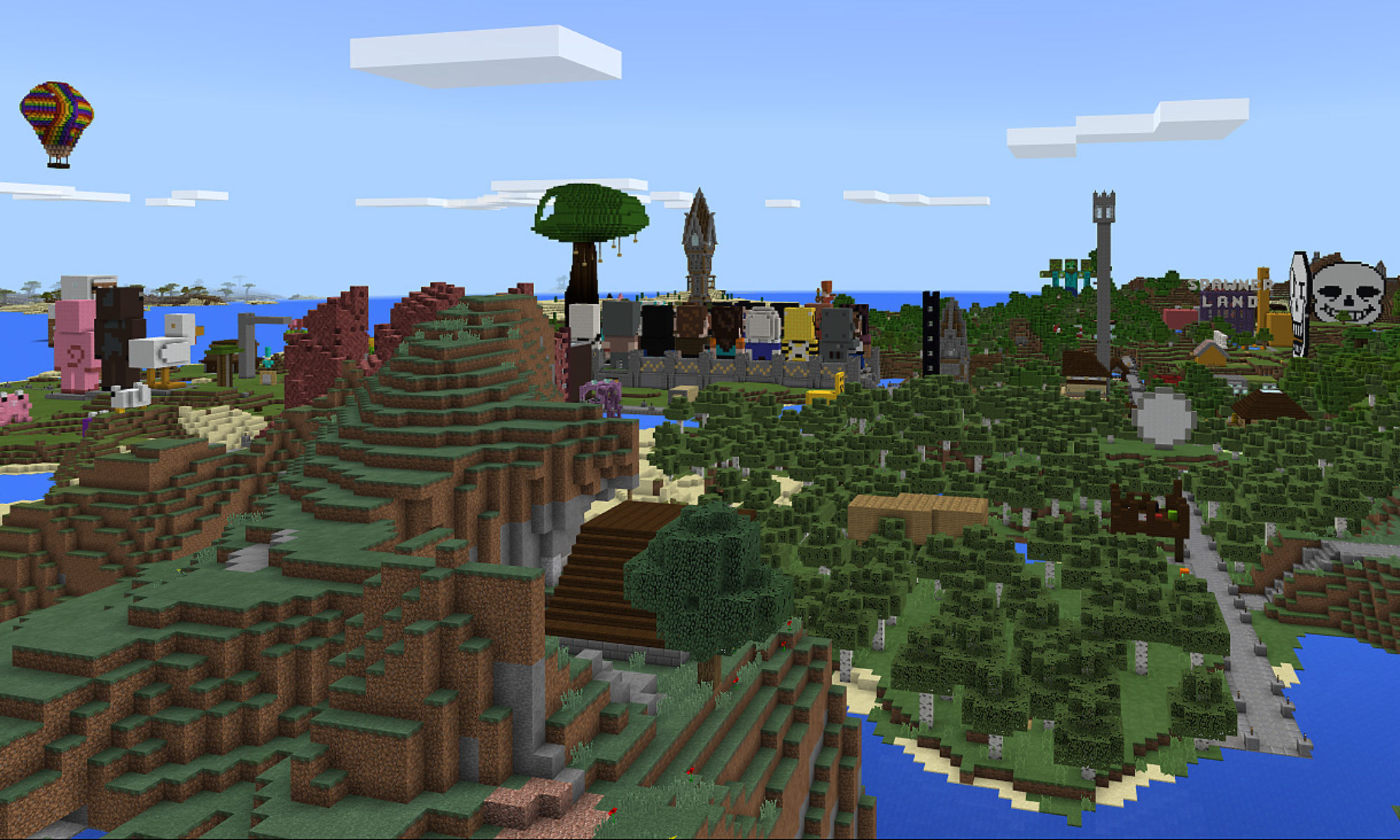It’s certainly been a little bit since I’ve written a how-to doc!
I had one of my Reddit kids from the /r/ARBTServer days wanting to visit the server, but they’re exclusively a Mac user. Bedrock Edition is not available for MacOS as of publish time, so I decided to see if I could figure out a way to get them connected while waiting for either Bedrock Edition to become available for MacOS or they get a different compatible system, neither of which is likely in the near future. After a day of playing, googling and tinkering, I think I’ve sorted a workable solution.
Note: The following was tested on a 2015 13″ MacBook Pro with the following specs:
- MacOS Mojave 10.14.1
- 2.7 GHz Intel Core i5
- 8GB RAM
Naturally, your mileage may vary depending on your system specs.
Also – this is for people for whom bootcamping to Windows 10 or purchasing a different system isn’t an option. Just heading both of those solutions off at the pass.
You Will Need:
- At least MacOS Sierra with admin privileges.
Bluestacks will not install on earlier versions. - BlueStacks for MacOS
- Minecraft for Android, purchased through Google Play.
You will not be able to run the beta edition via Bluestacks; you will have to leave the beta program for this to work. Yep, found this out the hard way.
“But ARBT,” you may protest, “I’ve never used/don’t use Android!” Relax. This process is not exactly going to turn you into an Android devotee, please stop clutching your iOS devices like that before you break something. On the other of the coin, Android is not that difficult to use. Besides, I firmly believe that everyone needs to know how to use as many OSes as possible, so if this is your first exposure to Android, use the opportunity to learn! Everything you need to know/use when operating within BlueStacks to play Minecraft is in the My Apps tab.
Install and Configure BlueStacks
Download and install BlueStacks. MacOS may yell at you about Spooky Apps from the Internet and block the process, so make sure you have admin privileges. This will enable you to get into System Preferences and OK the install from there.
At this point, I’d recommend running BlueStacks once to test that the installation was successful. You may also log into Play Store via the provided app and purchase/download/install Minecraft for Android. Don’t try running it yet, however.

Configuration tweak
When you install Bluestacks, it only allocates itself 1GB of RAM. Minecraft will run, but the frame rate will be awful nigh unto unplayable, even with all the fancy video settings disabled or scaled all the way back. Unless you’ve got the teensiest flimsiest MacBook Air on the market, I’m going to assume you have more than 1GB to play with, so we will need to tweak that particular setting.
Make sure you quit fully out of BlueStacks if you have it running. After that, go to Finder and hide/close the rest of your running applications.
While in Finder, click the Go menu, and then hold down the “option/alt” key. This will reveal a couple of hidden menu items. We want Library.
BlueStacks has its own folder in Library, so open it, then open the Android folder. From there either option-click or two-finger click Android.vbox, and then select “Open With”. I’d select TextEdit, but you can do this with any kind of code editor if you happen to have one.

Android.vbox is an xml document with a bunch of configuration settings and a friendly looking “DO NOT EDIT THIS FILE” warning at the top. (Obviously, we’re gonna ignore that.) Scroll down until you see a line that says <Memory RAMSize=&rquot;1024&lquot;$gt; Go ahead and change this to half your total RAM in MB. (So if you have 4GB total, you want to use 2GB, which is 2 x 1024 = 2048. I went up to 4GB, or 4096. You can certainly experiment with this number as needed, but half your total RAM is a good starting point.) Save the document, exit out of TextEdit or whatever you’re using, and close up any Finder windows you have open. This is also a good time to close any extraneous applications you have running as well, if you haven’t already.

A hat tip to Youtuber Dubstep_FX for instructions on how to do this.
Run Minecraft!

Start up BlueStacks again. If you haven’t previously, click on Play Store and download/install Minecraft. It should appear in the My Apps tab once it’s all done. (No, you can’t close the App Center tab. Just do your best to ignore it.) Fullscreen BlueStacks, click on Minecraft, log into XBox Live, and have fun!

Notes

This setup clearly isn’t perfect or ideal, but thankfully Minecraft has some native settings within it that make configuring the mobile app into something useable with a keyboard/mouse or controller. Also even with quadrupling the allocated RAM there is still some perceivable lag, especially when connecting to an outside server/friend’s game as opposed to playing a local world. (it’s most noticeable in that there’s a delay in action triggering sound effects. Not too much of an issue for me since I generally play with sound off, but it would probably bother others.) Definitely tinker with your video settings to alleviate this, and if need be, close out of everything and repeat the instructions above to bump up your RAM allocation. Obviously, if you’re a Mac user, the ideal situation would be for Mojang/Microsoft to release Bedrock for Mac, so go to the feedback site, login with your XBox Live credentials and upvote/comment in the Bedrock engine on Mac & Linux thread. However in the meantime, I hope this post provides an acceptable stopgap measure.


